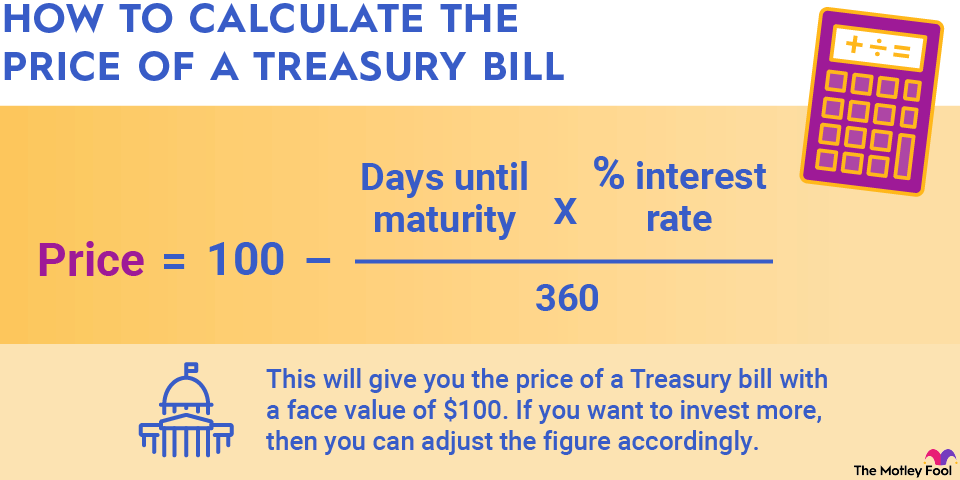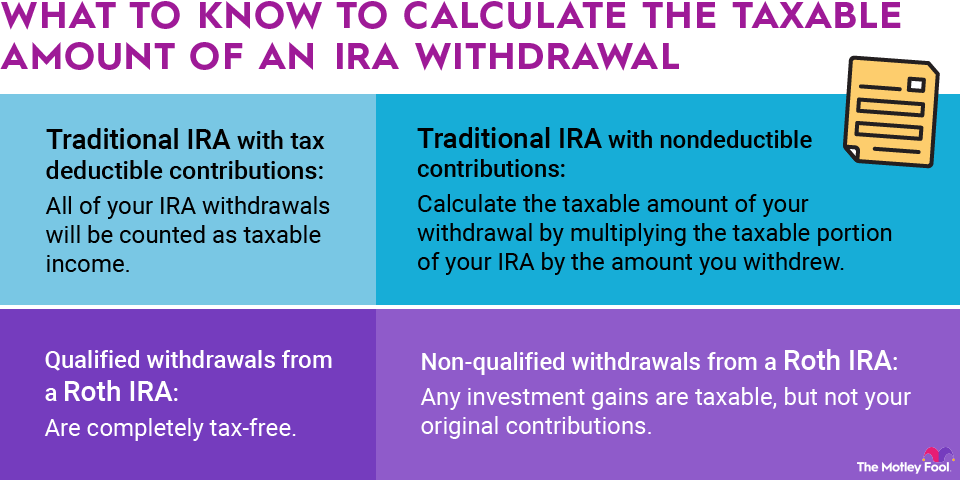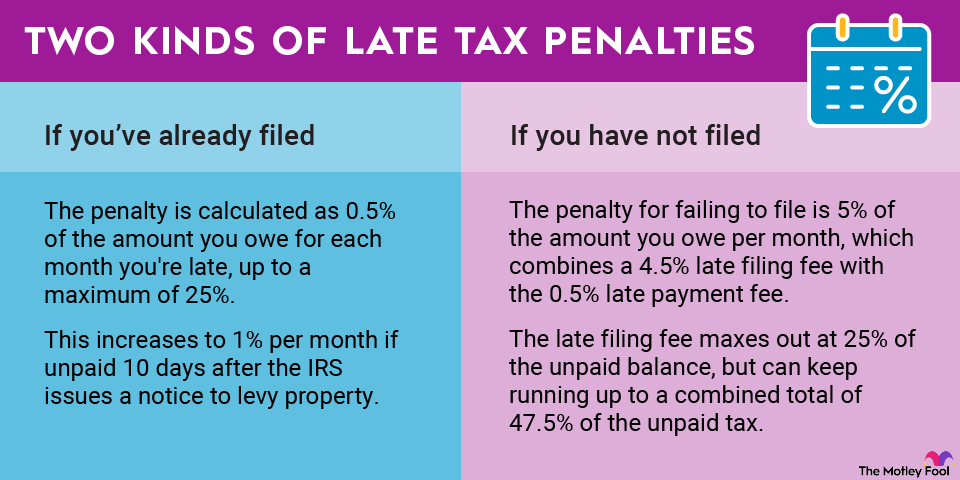Determining the value per share of common equity for publicly traded companies is straightforward, as it involves simply referencing the market price of the company's stock. For private companies, however, determining the value per share of common equity can be significantly more challenging due to the absence of a market for shares. The best opportunity to determine an implied value per common equity share is when the company receives a buyout bid.

Looking at the whole deal
At first glance, you might think that calculating the implied value per share would be easy: Just take the proposed purchase price and divide it by the number of shares the target company has outstanding. However, that is only the case in deals involving companies with unusually simple capital structures that have no outstanding debt, options, preferred shares, or other obligations.
For instance, take a situation in which an acquiring company offers $10 million to buy a target company with 1 million shares outstanding and $2 million in debt. The key question is whether the acquirer will agree to assume that debt. If not, then only $8 million of the offer will be allocated to the target's shareholders, with the remaining $2 million required to settle the debt. That will result in an implied value of $8 per share. By contrast, if the acquirer assumes debt, then the implied value will be $10 per share, because the selling shareholders won't have to pay off the debt themselves.
Similar complexities arise in dealing with preferred stock. If there are outstanding shares of preferred stock, then the deal will specify how those shareholders are treated and whether they'll be paid off immediately as part of the total buyout bid. If some of the money gets diverted from common shareholders to go instead to preferred shareholders, it reduces the implied value per share of common equity.
Finally, be sure to consider options. Some deals will make options immediately exercisable in a merger situation, in which case you'll want to consider the impact of a sudden increase in outstanding shares on the per-share buyout bid.
Doing the calculation
To calculate the implied value per share of common equity in a merger situation, begin with the stated buyout amount. Then subtract any portion of the buyout that goes to stakeholders other than those who own common shares. Finally, with whatever's left, divide by the number of common shares outstanding. The result will be the value per share of common equity that's implied by the given buyout bid.
Valuing private companies can be tricky. Merger situations provide investors with a valuable window into valuation, as they offer the means to calculate an implied value per share based on what the acquiring company is willing to pay.


















